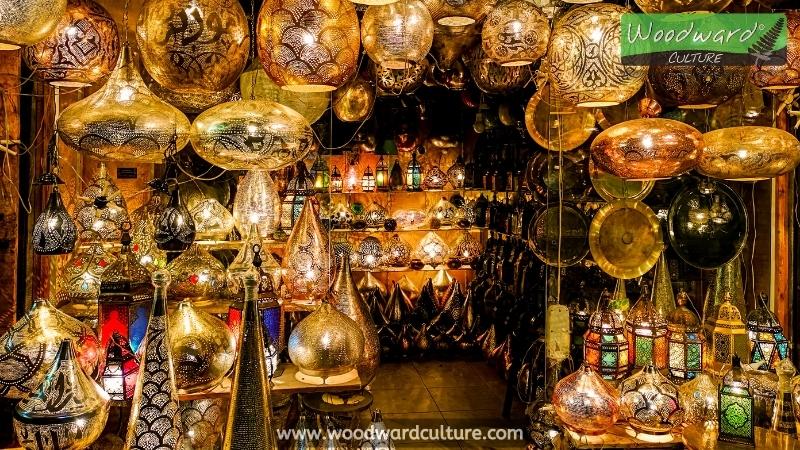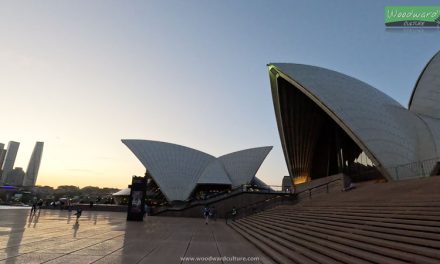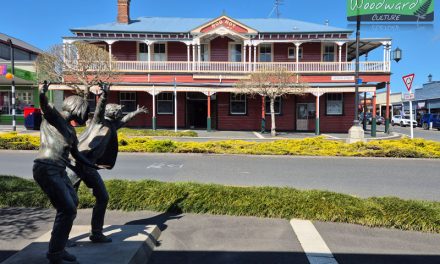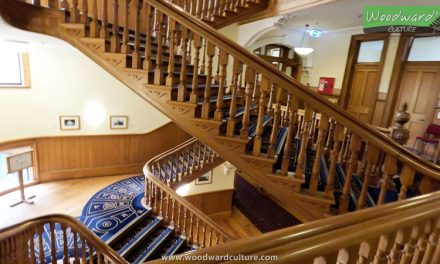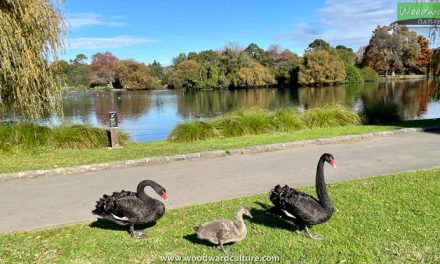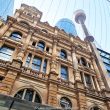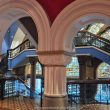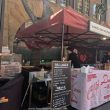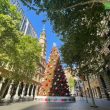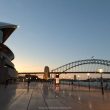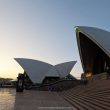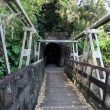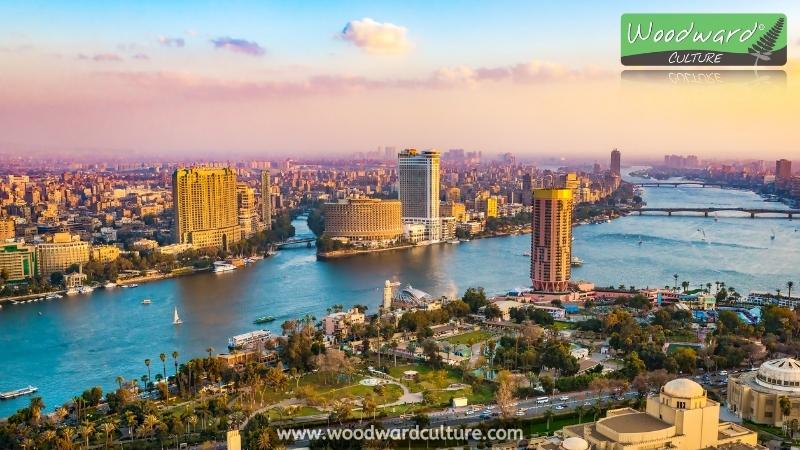
Cairo, the capital of Egypt, is a bustling metropolis that seamlessly blends ancient wonders with modern charm. Nestled along the banks of the Nile River, Cairo is a city that whispers tales of pharaohs and empires while embracing the pulse of contemporary life. This travel guide invites you to explore the heart of Egypt, where history, culture, and vibrant energy converge.
Lets looks at some of the Must-See Attractions in and around Cairo:
Pyramids of Giza and The Sphinx
Begin your journey with the iconic Giza Pyramids and Sphinx. Marvel at the Great Pyramid of Khufu, the Pyramid of Khafre, and the Pyramid of Menkaure, standing proudly against the desert backdrop. Don’t forget to greet the enigmatic Sphinx, guarding these ancient wonders. See our complete guide to The Pyramids of Giza.
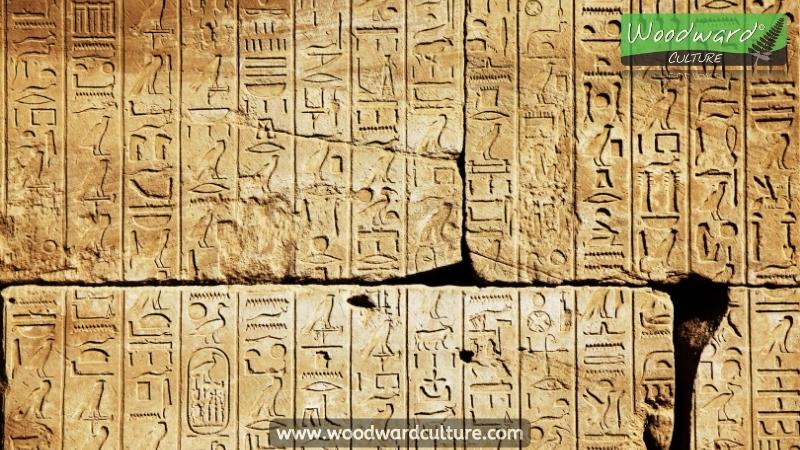
Museum of Egyptian Antiquities
The Egyptian Museum (officially know as the Museum of Egyptian Antiquities) currently houses the largest collection of Egyptian antiquities in the world. There are over 120,000 pieces on exhibition with another 30,000 that are held in storerooms. The museum is housed in a distinctive, ochre-colored building on the north side of Tahrir Square in the center of Cairo.
IMPORTANT: There are plans to move the museum’s collection to a new, state-of-the-art facility called the Grand Egyptian Museum (GEM), located near the Giza Pyramids. The GEM is designed to provide a more modern and spacious environment for the display of Egypt’s ancient treasures.
The museum was founded in 1835 though has only been in its current building since 1902. It was originally designed to house the antiquities that had been collected during the 19th century, particularly during the era of Mohamed Ali Pasha and later during British rule.
The highlight of the museum is of course the treasures of King Tutankhamen which include his solid gold funeral mask but the museum also contains items from various dynasties, including statues, mummies, papyri, and objects from daily life. Notable exhibits include the Narmer Palette, the Rosetta Stone, and the Royal Mummy Room.
Tutankhamun’s Treasures: The Tutankhamun Galleries are a major highlight, attracting visitors from around the world. The treasures of Tutankhamun provide a glimpse into the opulence and artistry of the New Kingdom period.
Royal Mummy Room: The Royal Mummy Room, though sometimes subject to closure or relocation, has been a significant part of the museum. It houses the mummies of various pharaohs and members of the royal family, allowing visitors to witness the well-preserved remains of ancient Egyptian rulers.
Before planning a visit, it is advisable to check for any updates on the status of the Egyptian Museum in Cairo and that of the new Grand Egyptian Museum (GEM), including information on renovations, relocations, or changes in exhibits.
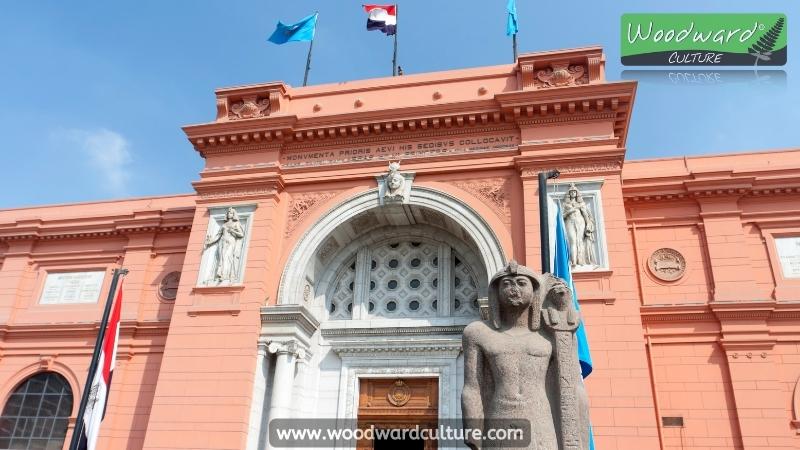
Saladin Citadel of Cairo – Salah El Din Citadel
The Saladin Citadel of Cairo, commonly known as the Cairo Citadel or Salah El Din Citadel, is a historic fortress located on Mokattam Hill in Cairo. It stands as one of the city’s most iconic landmarks and holds great historical and architectural significance.
The citadel was commissioned by Salah ad-Din (Saladin), who played a crucial role in the Battle of Hattin in 1187, leading to the recapture of Jerusalem from the Crusaders. Construction of the citadel began in 1176, during the Ayyubid dynasty.
The Citadel is a massive structure, comprising various architectural elements from different periods. It is surrounded by high walls and towers, with the imposing Mosque of Muhammad Ali (also known as the Alabaster Mosque) at its center. The mosque was built in the early 19th century. Its distinctive Ottoman architecture, with its large central dome and slender minarets, makes it a prominent landmark on Cairo’s skyline. The mosque is open to visitors and offers panoramic views of Cairo.
The Citadel is also home to the National Military Museum, which showcases Egypt’s military history through a collection of artifacts, weaponry, and exhibits. Visitors can explore the museum to gain insights into Egypt’s military heritage.
One of the highlights of visiting the Citadel is the breathtaking panoramic views it offers of Cairo and the surrounding areas. The elevated position provides an excellent vantage point to appreciate the city’s vastness and historical landmarks.
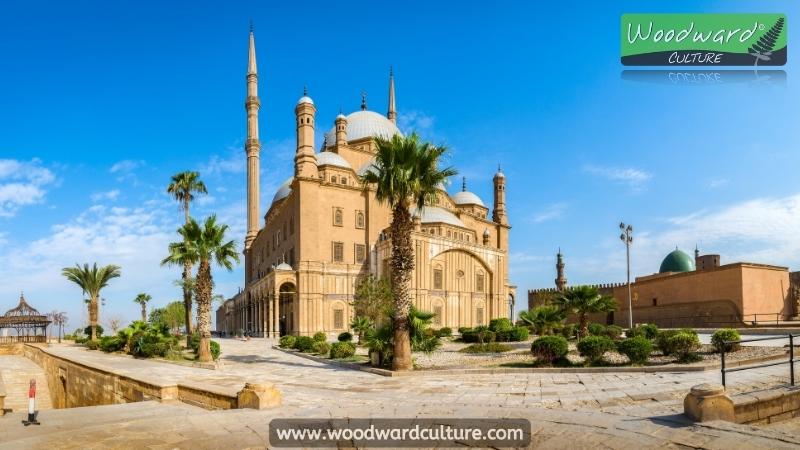
Khan El Khalili Bazaar
Khan El Khalili, is a historic bazaar in Cairo, Egypt. Dating back to the 14th century, this vibrant market district began as a medieval caravanserai (a medieval inn for merchants and travelers) during the Mamluk period, evolving into the bustling marketplace that stands today. Wandering through its narrow lanes and vaulted passageways, visitors encounter a treasure trove of traditional crafts, jewelry, textiles, spices, and more. The architecture, with its intricate woodwork and mashrabiya windows, reflects the authentic Islamic style of the Mamluk era, contributing to the bazaar’s unique ambiance.
Khan El Khalili is a cultural hub where skilled artisans showcase their craftsmanship, creating handmade products like intricate jewelry and handwoven textiles. Visitors can negotiate prices with vendors, adding an interactive element to the shopping experience. Amidst the shops, numerous cafés and restaurants offer a delightful respite, allowing visitors to savor traditional Egyptian cuisine. The market’s lively atmosphere is further enriched by street performers, musicians, and entertainers, creating an unforgettable experience.
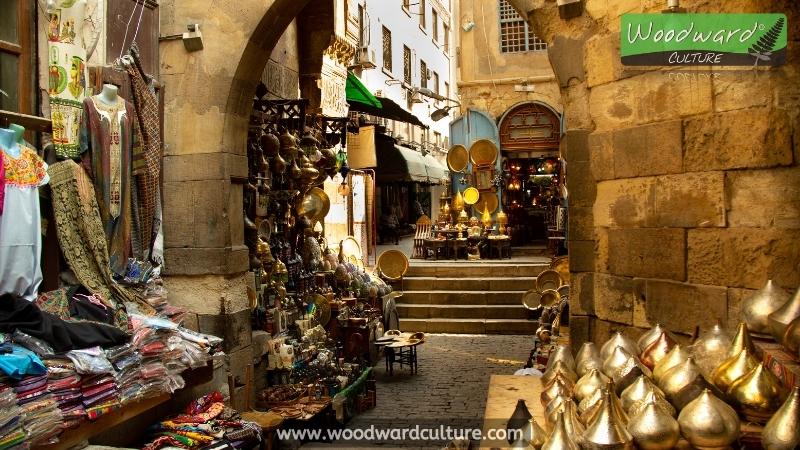
The Cairo Tower
The Cairo Tower, an iconic structure on Gezira Island, stands tall as a symbol of modernity and progress in Cairo, Egypt. Designed by architect Naoum Shebib, construction began in 1956 and was completed in 1961. Rising 187 meters above the city, the tower features lotus-inspired motifs and lattice elements, reflecting both ancient Egyptian aesthetics and mid-20th-century aspirations for development. The tower’s observation decks offer breathtaking panoramic views of Cairo and the Nile River, while its unique revolving restaurant provides a dining experience with changing vistas.
Birqash Camel Market (Souq al-Gamaal)
Birqash Camel Market, also known as Souq al-Gamaal, is one of the largest and most famous camel markets in Egypt. Located in the village of Birqash, on the outskirts of Cairo, this market has been a longstanding center for camel trade and is a fascinating place to experience the traditional aspects of Egyptian culture.
The market is known for its bustling and lively trading activities. Buyers and sellers engage in negotiations, and the atmosphere is filled with the sounds of bargaining and the movement of camels. The market is busiest on Fridays, the Islamic day of prayer, when many traders gather.
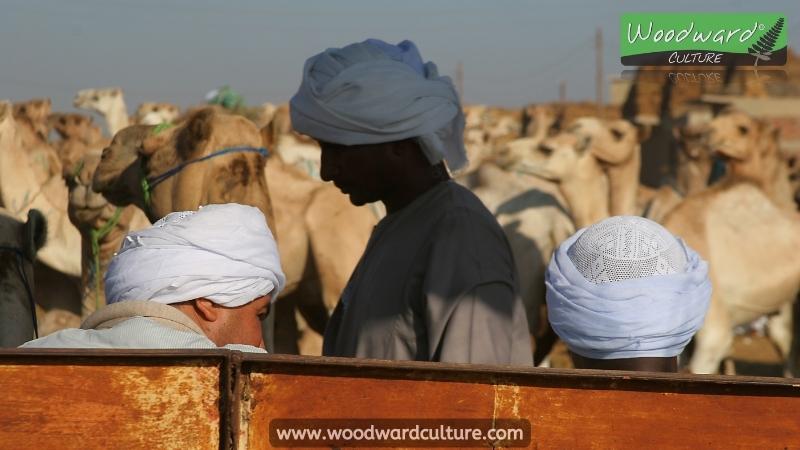
Cairo, with its juxtaposition of ancient wonders and modern vibrancy, promises an unforgettable journey. Whether you’re captivated by the pyramids, exploring historic neighborhoods, or savoring the flavors of local cuisine, Cairo invites you to immerse yourself in the magic of Egypt’s capital. Enjoy your exploration of this dynamic city where time seems to dance between antiquity and the present.
